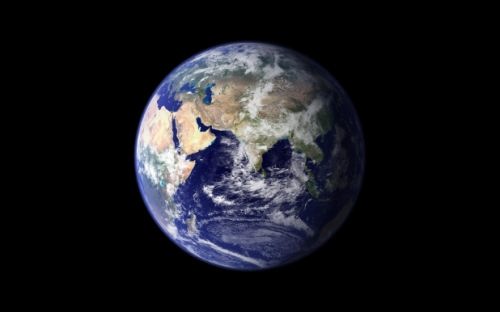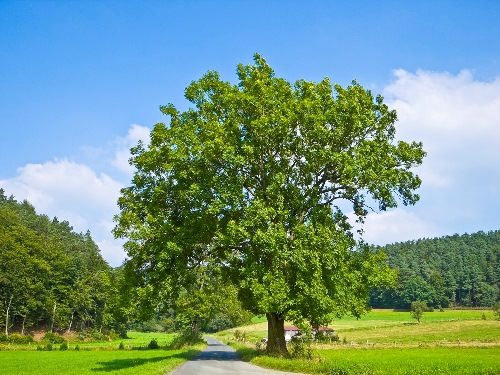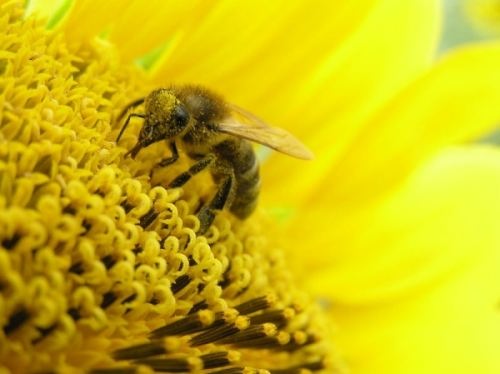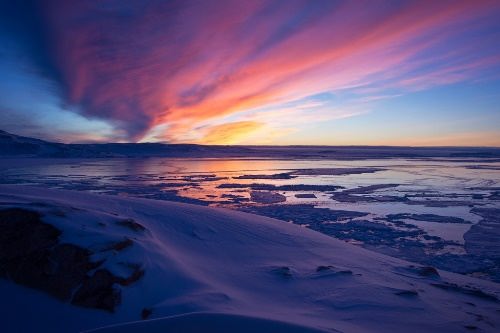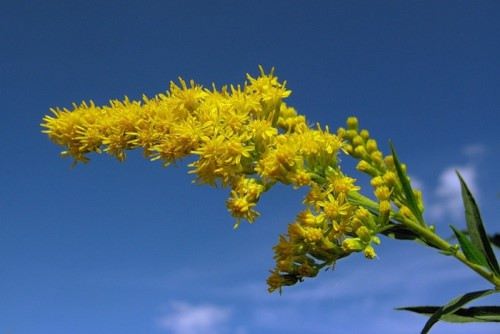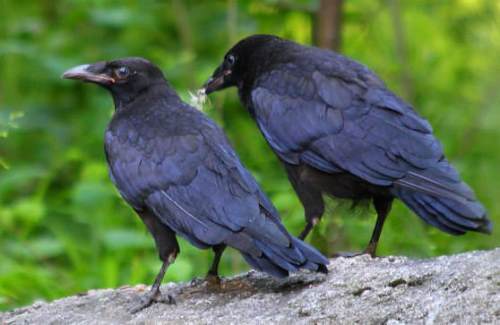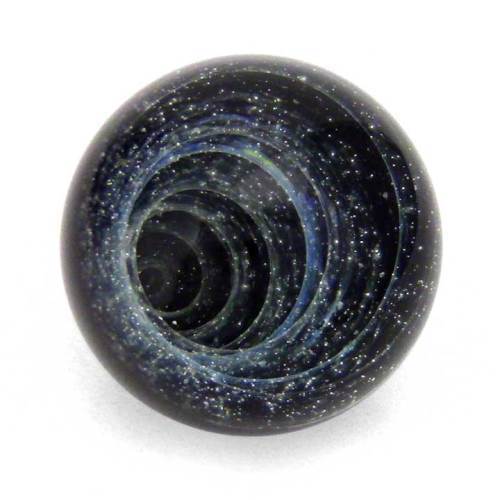Wonderful Earth
People are constantly interested in everything mysterious. That is why they explore the amazing planet Earth. It seems that mankind knows almost everything about the planet, but there are still many topical issues that need answers. In the distant future, mankind will unravel the riddle of the Universe and the origin of the Earth. Here are interesting facts about our wonderful planet.
Large liquid-water oceans cover the majority of the planet’s surface, such that the total amount of dry land is about equal to the surface area of Mars.
Like Mercury, Venus, and Mars, Earth has no ring system, but it has a large satellite, the Moon.
The length of the day is equal to 24 hours or 1440 minutes or 86,400 seconds.
Earth’s weather turns out to be the most unpredictable in the solar system.
More »
